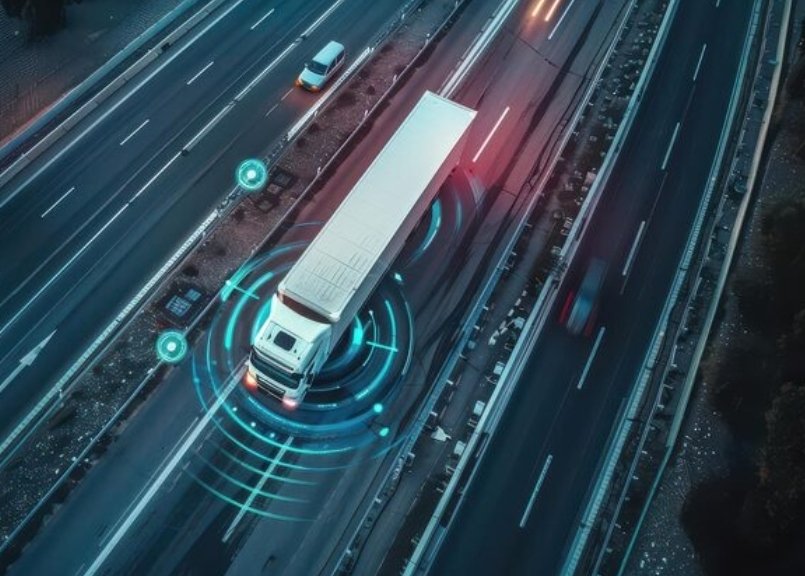What Are the Benefits of Connected Telematics in Commercial Vehicles?

Picture this: a logistics manager sipping her morning coffee, opening her dashboard, and instantly knowing where every truck in her fleet is, how each driver is performing, and whether any vehicle needs attention—all in real time. That’s the power of connected telematics, and it’s transforming the commercial vehicle industry in ways that once seemed futuristic.
At its core, telematics combines GPS tracking, onboard diagnostics, and communications technology to create a smarter, data-driven fleet management system. But what exactly does that mean for businesses on the move? Let’s dive in.
Saving Costs, One Mile at a Time
Fuel has always been the biggest cost for fleet operators. Telematics helps cut this expense by tracking driver behaviour—like unnecessary idling, harsh acceleration, or speeding—that wastes fuel. Pair that with real-time route optimisation, and fleets can avoid traffic bottlenecks, reduce detours, and save thousands of litres of fuel each year. Lower fuel consumption not only trims costs but also means faster deliveries and happier customers.
Safety First, Always
Safety is where telematics really shines. By monitoring driving patterns such as sharp braking or overspeeding, the system flags risky habits. Fleet managers can then coach drivers with personalised feedback, leading to safer roads and fewer accidents. Some insurers even reward companies that use telematics with lower premiums, recognising the reduced risks. It’s like having a virtual co-pilot looking out for everyone on the road.
Keeping Vehicles Road-Ready
Breakdowns are costly—not just in repairs, but in lost time. Telematics turns maintenance into a proactive task rather than a reactive one. Sensors can detect early signs of engine trouble or worn-out parts and alert managers before small issues snowball into big, expensive breakdowns. Predictive maintenance helps fleets keep vehicles on the road longer, increasing uptime and reducing surprise expenses.
Navigating Compliance with Ease
Commercial transport comes with strict regulations around driving hours, rest periods, and vehicle standards. Traditionally, managing compliance meant piles of paperwork. With telematics, these records are logged automatically, making audits smoother and ensuring fleets stay on the right side of the law. Less stress for managers, more time for operations.
Visibility and Security on the Go
One of the most comforting benefits is knowing exactly where your fleet is at any given moment. Real-time GPS tracking allows managers to respond quickly in case of theft, emergencies, or unexpected breakdowns. Some systems even add driver authentication features, ensuring that only authorised people can operate the vehicles. Peace of mind comes built-in.
Happier Customers, Stronger Business
In today’s fast-paced world, customers want visibility too. Telematics allows logistics companies to share live updates, accurate delivery windows, and transparent communication. This reliability builds trust and gives businesses an edge over competitors. After all, a happy customer is the best business strategy.
Greener Fleets, Cleaner Future
Beyond profits and productivity, telematics is also a tool for sustainability. By minimising fuel waste and tracking emissions, fleets can shrink their carbon footprint. For companies embracing corporate social responsibility, this is a clear win—driving efficiency while being kind to the planet.
Final Thoughts
Connected telematics has moved from being a “nice-to-have” to a must-have for modern commercial fleets. From cutting costs and boosting safety to enhancing customer service and promoting greener operations, it’s the silent engine driving smarter transportation.
So, the next time you see a delivery truck cruising past, remember—behind the wheel isn’t just a driver, but a whole world of connected intelligence making every mile count.
